The Kinect certainly stood out as one of the best-known accessories in the industry and marked the Xbox 360, Microsoft's most popular console, by promising a revolutionary way to play video games. But even with an innovation full of great marketing and the new version for Xbox One, the product started to become more and more rejected, until it was discontinued in 2017, returned and then had its end declared again, this time in 2023.
In this article, we at UmGamer will cover the history of Kinect and the main points since its announcement, to understand more about how the great revolution turned out to be a failure. Check it out!
E3 2009: Where it all started
E3 has always been a globally known event for being a vehicle for news about the gaming market, and it was at this event, in the 2009 edition, that we got to know Kinect for the first time. Until then, the tool was called “Project Natal”, and in its announcement video, families could be seen having fun with the future of video games.
This first contact focused heavily on casualness and family fun, with the idea of transforming video games into a universal entertainment medium.
Maybe Microsoft was betting on this path because of the success of the Nintendo Wii, whose similar mechanics resulted in millions more units sold than its main competitors. The console also sparked the interest of parents, who didn’t see the traditional video game controller as something intuitive, especially since there are no barriers when you’re the controller itself.
The first demonstration
At the same event, after the trailer and some considerations, the company started a demonstration session of “Project Natal” - and the first problems could already be seen. The motion capture in the first minute of the product's display turned out to be frustrating, with the character in unrealistic positions.
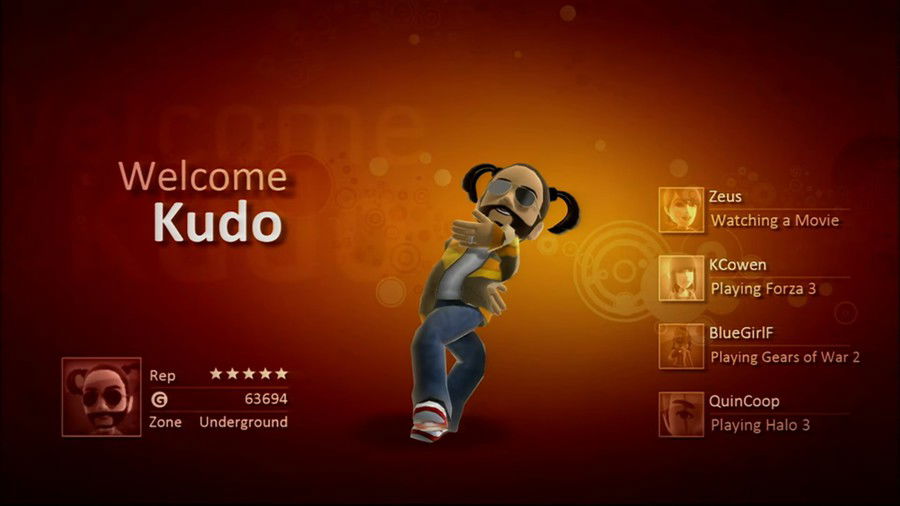
Finally, small experiments such as hitting a ball and painting a picture rounded out the session without any big mistakes.
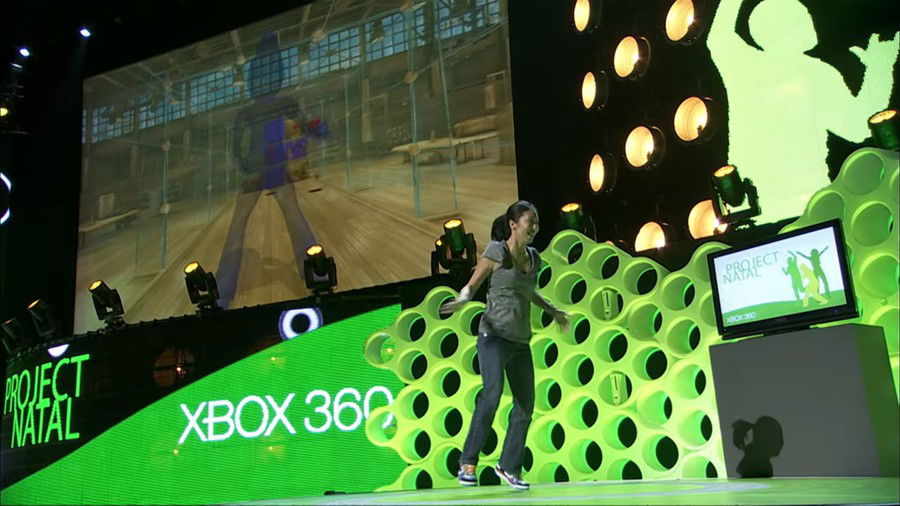
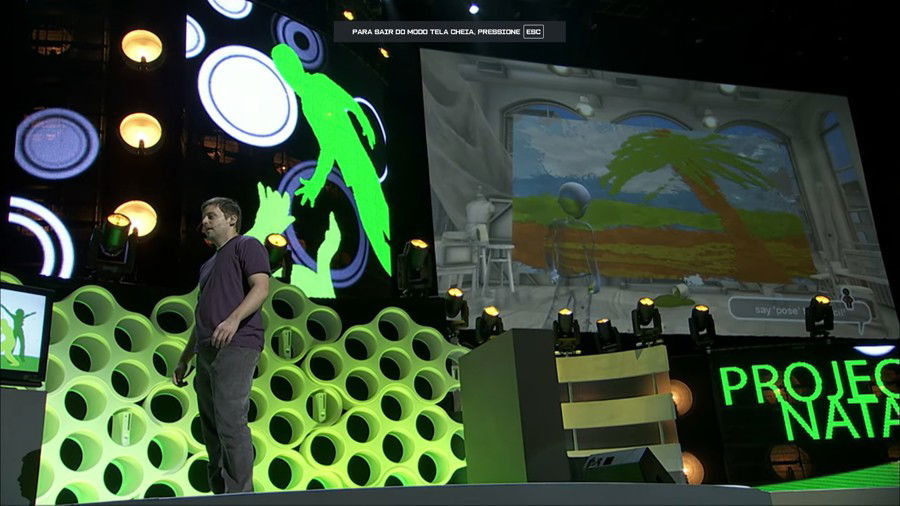
These were simple tests, and one of them ended up facing several problems. Despite this, the community understood and didn’t consider it disappointing since it was only a few months into development.
Project Milo: An idea that never came to exist
To close the ceremony, Peter Molyneux, president of Lionhead Studios - acquired by Microsoft - presented the most ambitious game of the new era: Milo.
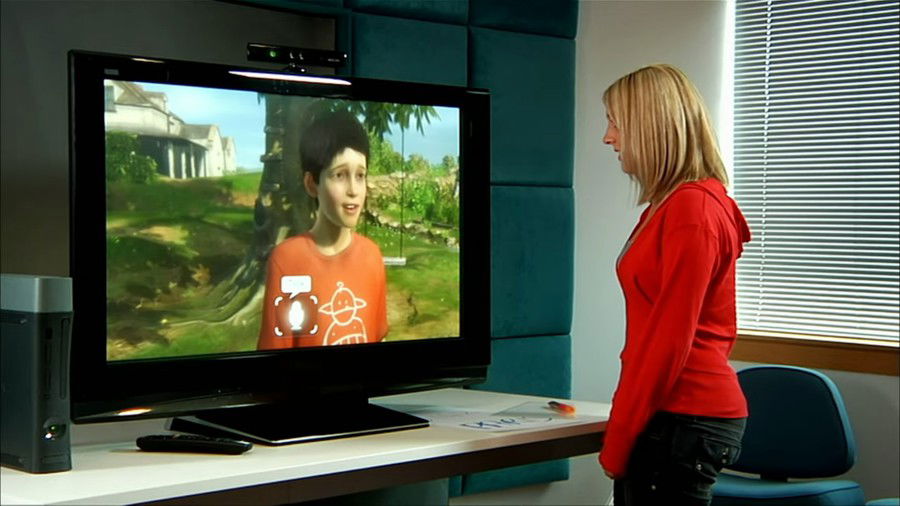
The idea was to bring a character controlled by Artificial Intelligence that interacted with the player.
In the trailer, it’s possible to see Milo normally understanding what the user says, and using voice tones and facial expressions that match the situation. On top of that, “Project Natal” was able to scan items you wanted to send to Milo’s world - in the example, the player draws a picture on a piece of paper and delivers it to him. You can better see it in the video below:
Over 10 years have passed since a large portion of society had contact with something similar, such as Generative AI. Even so, I believe that Project Milo would stand out for removing some limitations and immersing us even more in another universe. Let alone in 2009, people were fascinated by what they saw.
So, E3 that year ended with a product that clearly needed more refinement in practice, but promised - and already showed - great proposals and results, making fans overlook the bad performance in the demonstration.
The launch was good, but not good enough
Kinect hit the markets in November 2010 and broke sales records, including an appearance in the Guinness Book for being the best-selling console peripheral in history - around 8 million copies sold in 60 days. In total, the product sold 24 million units and earned more than 1 billion dollars.
However, the many families that purchased the tool had few games available, all of which were focused on Sports, Racing or Party Games. Until then, most of them could be played on the Nintendo Wii, the biggest highlight was in dance games, since Kinect is capable of scanning your entire body, not just tracking a controller in your hand.
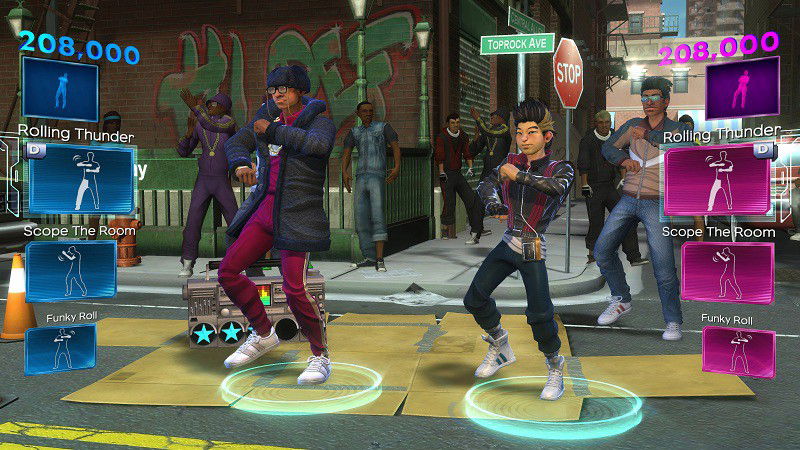
The privilege of playing Kinect Sports, Kinect Adventures!, Dance Central and any other experience with your friends is unique and definitely fun. But it’s a fact that, outside of parties and celebrations, the simple Kinect titles no longer offered a lot of entertainment, and the traditional way of playing video games seemed to be more interesting, with deep stories and more elaborate gameplay.
Another point is about the sales numbers. 24 million is truly an impressive milestone, but nothing compared to the success of the Xbox 360 itself. A good part of these purchases were also made by families and friends who wouldn’t use it very regularly. The market always finds it more interesting to focus on the largest audience, which in this case were Xbox 360 players without Kinect, who consume games almost daily, even while alone at home.
As a result, very few more elaborate ideas made it to the device, and the few that did, disappointed. Forza Motorsports for Kinect is an example that illustrates the immaturity of the device; a racing game that revolves around just turning the steering wheel, with no gears system, acceleration or braking doesn’t compare to the standard gameplay expected. A Star Wars title was also produced, and criticized, for the device.
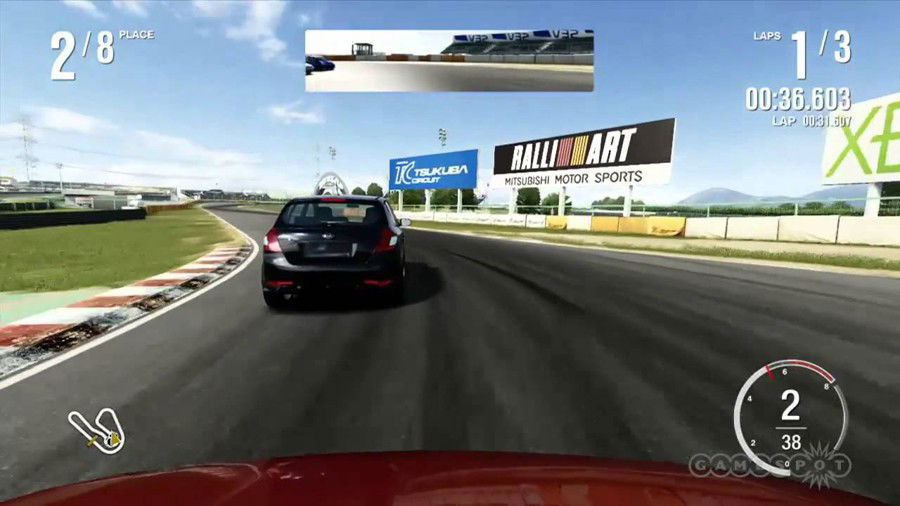
Finally, it’s worth noting that bold projects, such as Milo, never made it beyond the writer’s room, further frustrating the community.
Kinect for Xbox One was the beginning of the end
Even with a great number of sales, usability was low and rejection was growing, mostly due to the few games available and its usefulness only at parties - as already mentioned.
Microsoft then intended to continue with the idea for the next generation, and made a new version of the tool mandatory for purchase together with the console. For this reason, the Xbox One was sold for a higher price than the PlayStation 4.
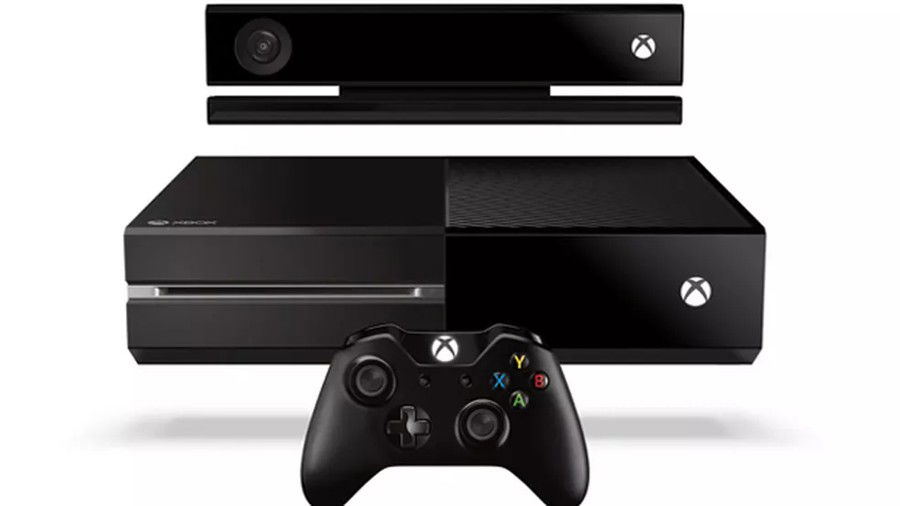
The problem’s that the peripheral was barely mentioned during the entire presentation of the new console. The poor experience in the last generation, combined with the very few Kinect games confirmed for the Xbox One, had already put up a huge barrier for a large part of the community. The product offered almost no advantage over its main competitor, which didn’t justify the above-market price.
Soon, Microsoft realized that it was falling behind in sales, largely due to the Kinect, and within a few months it announced a cheaper version of the console without the device.
The tragic end
Not even at its peak did we ever have a huge range of titles to enjoy with Kinect. With the loss of engagement and, most importantly, the increase in frustrations, it's natural to imagine that developments for the device became even scarcer. Which, logically, would lead to its end - in 2017, Microsoft ended support for the tool.
A surprising - and short - arrival for the professional world
Two years later, the company returns with a new line of the Kinect, but with a different purpose. It’s known that Microsoft operates in several technology sectors, one of them being the corporate world. Thus, Azure Kinect DK was created, aiming to facilitate business research and development in several areas with the help of computer vision and artificial intelligence.
Even with it having a different focus, Azure Kinect was also discontinued, this time in 2023, and to this day we’ve had no future prospects for this brand.
Conclusion
Perhaps the main factor for its failure was its forced inclusion in the new generation and the attempt to cover the entire market audience. If the Kinect had really been treated as a secondary peripheral, with its sole focus on playing with friends on a weekend, it could’ve had a different future.
I’m sure that we’ll always remember the incredible adventures and races we experienced on the Kinect. It was a unique experience for those who had the privilege of using it.
I hope you’ve enjoyed this article. I’m available for any questions or suggestions.














— Comentarios 0
, Reacciones 1
Se el primero en comentar